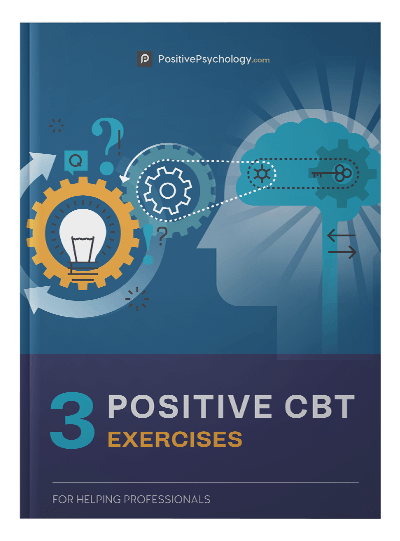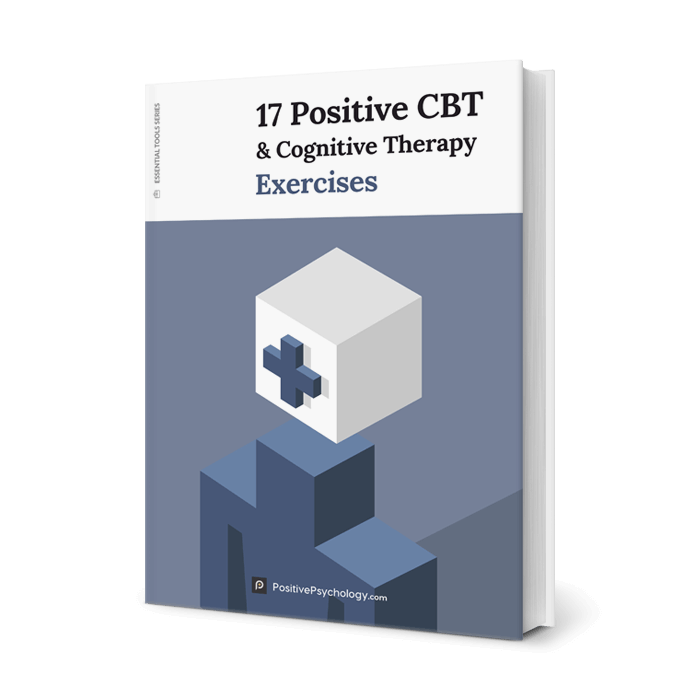Understanding Confirmation Bias
We can understand the confirmation bias definition as the human tendency “to seek out, to interpret, to favor, and to selectively recall information that confirms beliefs they already hold, while avoiding or ignoring information that disconfirms these beliefs” (Gabriel & O’Connor, 2024, p. 1).
History
While it has been known and accepted since at least the 17th century that humans are inclined to form and hold on to ideas and beliefs — often tenaciously — even when faced with contradictory evidence, the term “confirmation bias” only became popular in the 1960s with the work of cognitive psychologist Peter Cathcart Wason (Lidén, 2023).
Wason’s (1960) famous 2–4–6 experiment was devised to investigate the nature of hypothesis testing.
Participants were given the numbers 2, 4, and 6 and told the numbers adhered to a rule.
They were then asked to arrive at a hypothesis explaining the sequence and try a new three-number series to test their rule (Wason, 1960; Lidén, 2023).
For example, if a participant thought the second number was twice that of the first and the third number was three times greater, they might suggest the numbers 10, 20, and 30.
However, if another participant thought it was a simple series increasing by two each time, they might suggest 13, 15, and 17 (Wason, 1960; Lidén, 2023).
The actual rule is more straightforward; the numbers are in ascending order. That’s all.
As we typically offer tests that confirm our initial beliefs, both example hypotheses appear to work, even if they are not the answer (Wason, 1960; Lidén, 2023).
The experiment demonstrates our confirmation bias; we seek information confirming our existing beliefs or hypotheses rather than challenging or disproving them (Lidén, 2023).
In the decades since, and with developments in cognitive science, we have come to understand that people don’t typically have everything they need, “and even if they did, they would not be able to use all the information due to constraints in the environment, attention, or memory” (Lidén, 2023, p. 8).
Instead, we rely on heuristics. Such “rules of thumb” are easy to apply and fairly accurate, yet they can potentially result in systematic and serious biases and errors in judgment (Lidén, 2023; Eysenck & Keane, 2015).
Confirmation bias in context
Confirmation bias is one of several cognitive biases’(Lidén, 2023).
They are important because researchers have recognized that “vulnerability to clinical anxiety and depression depends in part on various cognitive biases” and that mental health treatments such as CBT should support the goals of reducing them (Eysenck & Keane, 2015, p. 668).
Cognitive biases include (Eysenck & Keane, 2015):
- Attentional bias
Attending to threat-related stimuli more than neutral stimuli
- Interpretive bias
Interpreting ambiguous stimuli, situations, and events as threatening
- Explicit memory bias
The likelihood of retrieving mostly unpleasant thoughts rather than positive ones
- Implicit memory bias
The tendency to perform better for negative or threatening information on memory tests
Individuals possessing all four biases focus too much on environmental threats, interpret most incidents as concerning, and identify themselves as having experienced mostly unpleasant past events (Eysenck & Keane, 2015).
Similarly, confirmation bias means that individuals give too much weight to evidence that confirms their preconceptions or hypotheses, even incorrect and unhelpful ones. It can lead to poor decision-making because it limits their ability to consider alternative viewpoints or evidence that contradicts their beliefs (Lidén, 2023).
Unsurprisingly, such a negative outlook or bias will lead to unhealthy outcomes, including anxiety and depression (Eysenck & Keane, 2015).
Check out Tali Sharot’s video for a deeper dive.


 The following steps and approaches can help identify and reduce the effect of confirmation bias (Lidén, 2023; Rist, 2023).
The following steps and approaches can help identify and reduce the effect of confirmation bias (Lidén, 2023; Rist, 2023). There are no doubt evolutionary reasons for our confirmation bias, yet we remain unclear precisely what they are (Peters, 2022).
There are no doubt evolutionary reasons for our confirmation bias, yet we remain unclear precisely what they are (Peters, 2022).



